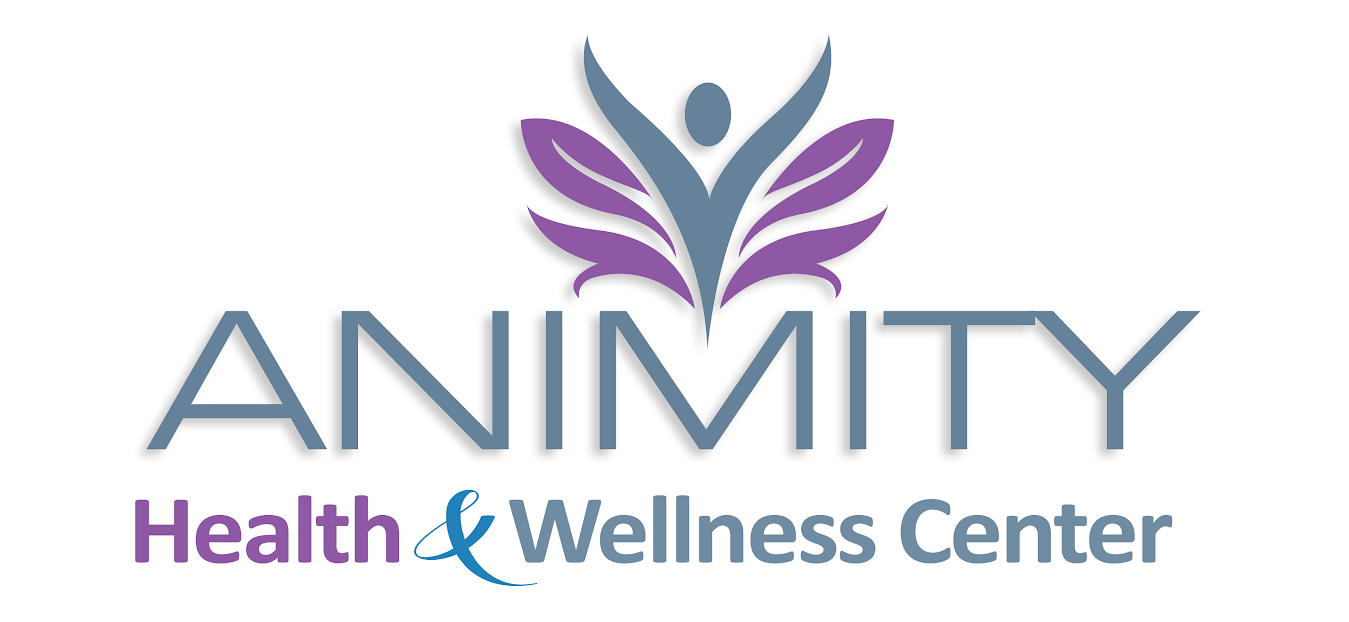Shhh…It’s the simple secret my healthiest and most successful patients know…
By Dr. Victor Schueller | Uncategorized
| As we near the end of the year, I thought it would be a great time to share one simple secret that my healthiest and happiest patients have come to know. Want to know what it is? It’s very simple… My healthiest and most successful patients rely on the calendar, rather than their symptoms, to determine when they get treated at my clinic. Just like people take their vehicles to the mechanic every 3,000 miles or every three months to maintain the ideal function of their vehicle and get it inspected for any problems, I strongly recommend coming in every 4-6 weeks to get a treatment to maintain the ideal function of your body and take care of any potential issues at that time. Waiting for pain is like waiting for the “check engine” light to bring you in for service  If you’re waiting for the “check engine” light of your body, which we know as “pain,” to tell you to come in for a treatment, you’re more likely to be playing catch up, and the “repairs” are going to be more expensive and more time consuming. Coming in for a chiropractic treatment once every 4-6 weeks to keep you ideally maintained is a very modest investment that will pay off not only in the short term, but also in the long term. Joints are meant to move, and after 4 weeks the joints in your spine begin to show signs of lack of mobility, which sets the stage for degeneration, also known as arthritis, and here’s another secret… Degeneration and arthritis are irreversible!  So, I hope this email drives through the point — Waiting for pain to come in is like waiting for the “check engine” light to come on. You don’t wait to get your oil changed until you start seeing smoke come out from under your vehicle’s hood. You faithfully come in regularly to maintain the function of your vehicle. Likewise, I highly recommend you faithfully come in every 4-6 weeks, whether you feel pain or not, to maintain ideal function. The human body is a super-sophisticated machine with intricate wiring and design, and we can, for a very modest investment, help you maintain it and keep you healthy in more ways than you probably can appreciate. As the year draws to a close, if it’s been a while since we’ve seen each other, I hope you consider coming in for a treatment and keep your body’s machinery humming along like a “well-oiled machine” (pardon the pun). For your convenience, I’ll include a link below so that you can schedule your appointment today! And remember, if you ever need anything I am just an email or a phone call away. |
| And, rest assured, I do wear a mask at all times when with patients, I disinfect my table and tools and therapy devices between each patient, and I regularly clean surfaces in the office to maintain as clean and sanitary an environment that I can for my patients. I only see one patient at a time, which greatly decreases the number of people in my office, to minimize patient-to-patient contact in waiting and treatment areas. I hope to see you soon! Take care and enjoy your week! |



 The Biology of Belief: Unleashing the Power of Consciousness, Matter and Miracles
The Biology of Belief: Unleashing the Power of Consciousness, Matter and Miracles Nonviolent Communication: A Language of Life: Life-Changing Tools for Healthy Relationships
Nonviolent Communication: A Language of Life: Life-Changing Tools for Healthy Relationships Holy Bible
Holy Bible Bhagavad-Gita
Bhagavad-Gita Global Healing: Thinking Outside the Box
Global Healing: Thinking Outside the Box
 The Emotional Life of Your Brain: How Its Unique Patterns Affect the Way You Think, Feel, and Live–and How You Can Change Them
The Emotional Life of Your Brain: How Its Unique Patterns Affect the Way You Think, Feel, and Live–and How You Can Change Them Descartes’ Error: Emotion, Reason, and the Human Brain
Descartes’ Error: Emotion, Reason, and the Human Brain The Divine Romance: Collected Talks and Essays on Realizing God in Daily Life – Volume 2
The Divine Romance: Collected Talks and Essays on Realizing God in Daily Life – Volume 2